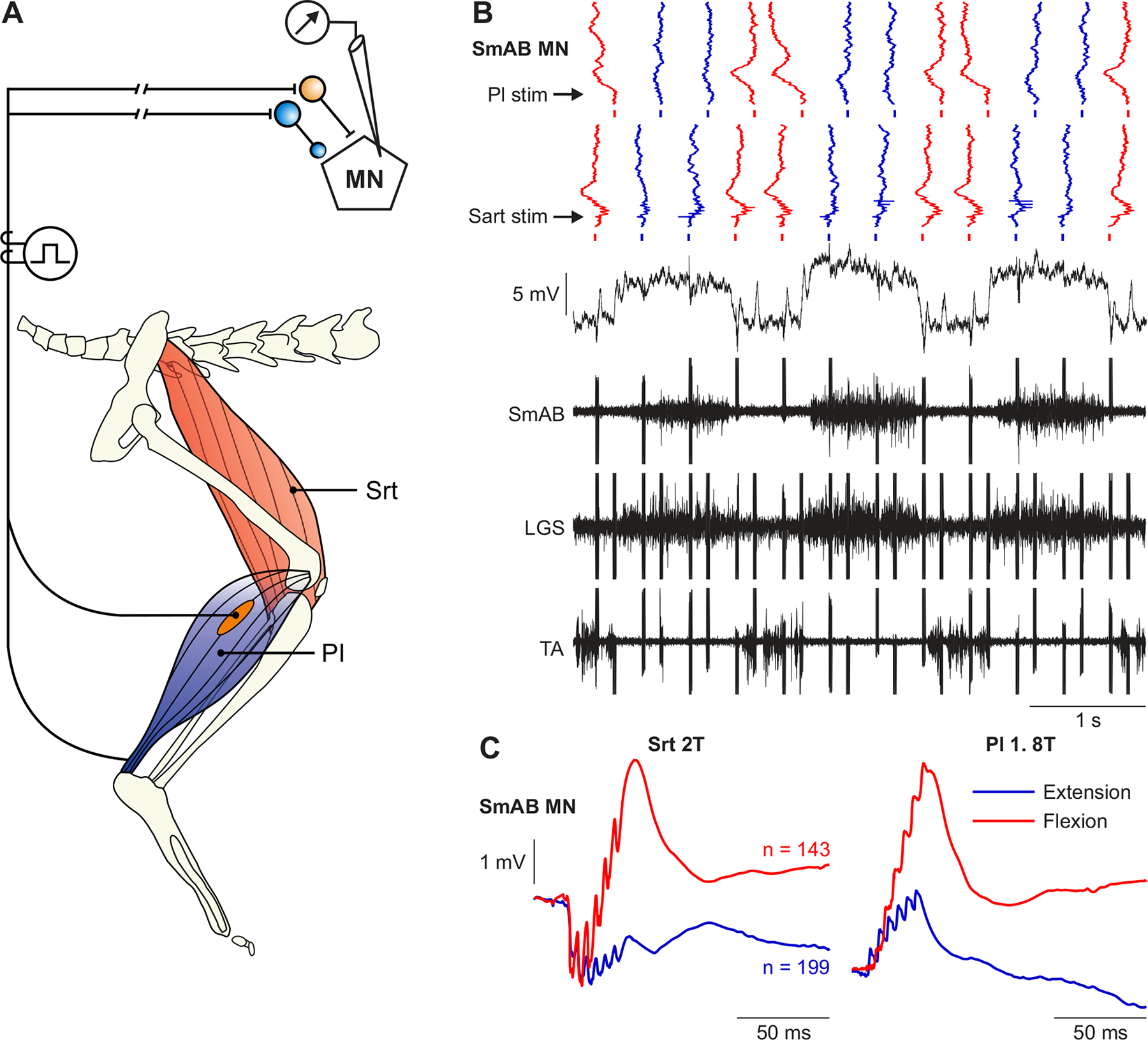Figure 10. Phase-dependent modulation of post-synaptic potentials evoked by stimulating extensor and flexor muscle afferents at group I strength during fictive locomotion.

A) Nerves to plantaris (Pl) and sartorius (Srt) muscles were stimulated at group I strength during spontaneous fictive locomotion in a decerebrate curarized cats. Intracellular recordings from antidromically-identified motoneurons were made with glass micropipettes filled with QX-314. The type (i.e. inhibitory or excitatory) of last-order interneuron activated within a given reflex pathway can be inferred by the sign of the post-synaptic potential recorded in the motoneuron. B) During a fictive locomotor episode, the 2 nerves were stimulated with high frequency and short trains (6 pulses at 200 Hz) in alternation, with an interval of 150–250 ms between nerve stimulations. From top to bottom: Evoked responses tilted 90 degrees evoked by Srt and Pl nerve stimulation given in alternation; intracellular membrane potential oscillations in the SmAB motoneuron showing the locomotor-drive potential and superimposed evoked responses; ENGs from extensors, semimembranosus-anterior biceps (SmAB) and lateral gastrocnemius-soleus (LGS) and from a flexor, tibialis anterior (TA). The locomotor cycle was divided into extension and flexion phases according to the extensor ENG onset and offsets. C) Post-synaptic potentials evoked by stimulating Srt and Pl nerves were divided and averaged into extension and flexion phases. Data were recorded in Jean-Pierre Gossard’s lab at the Université de Montréal.
